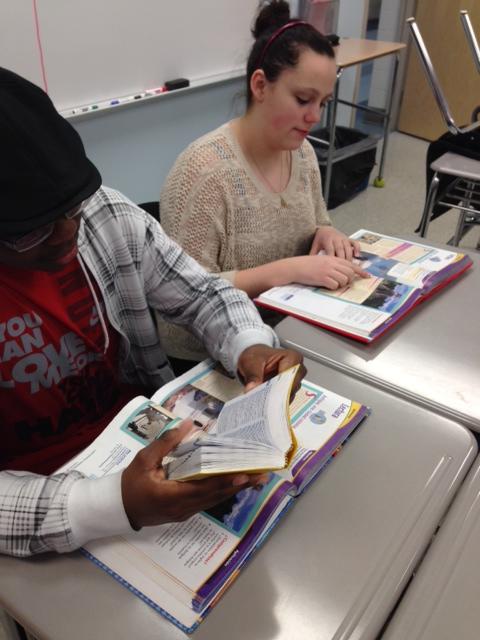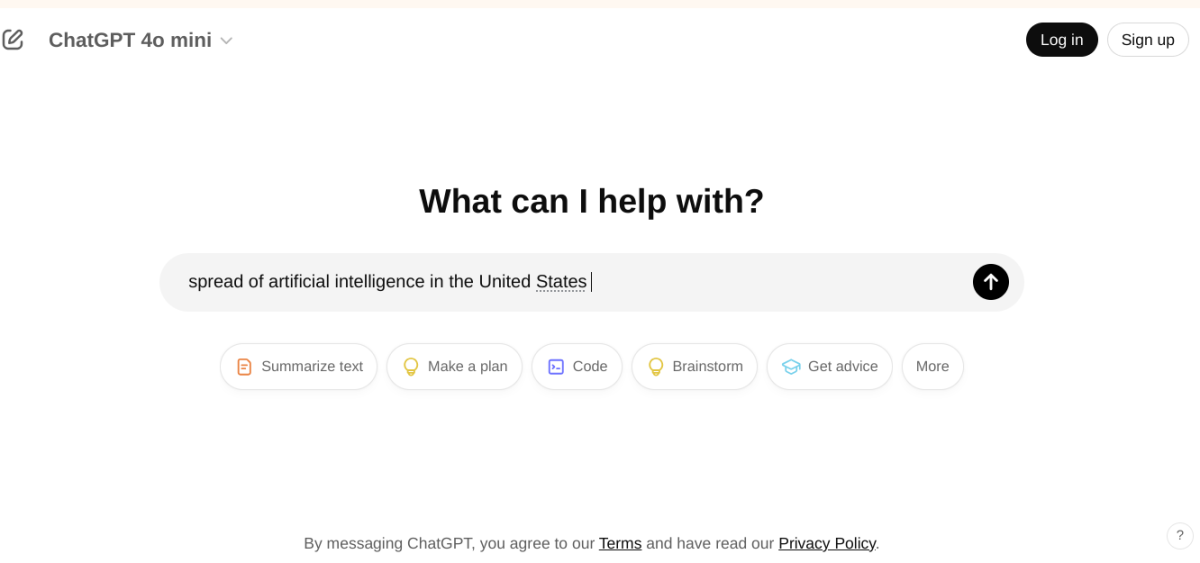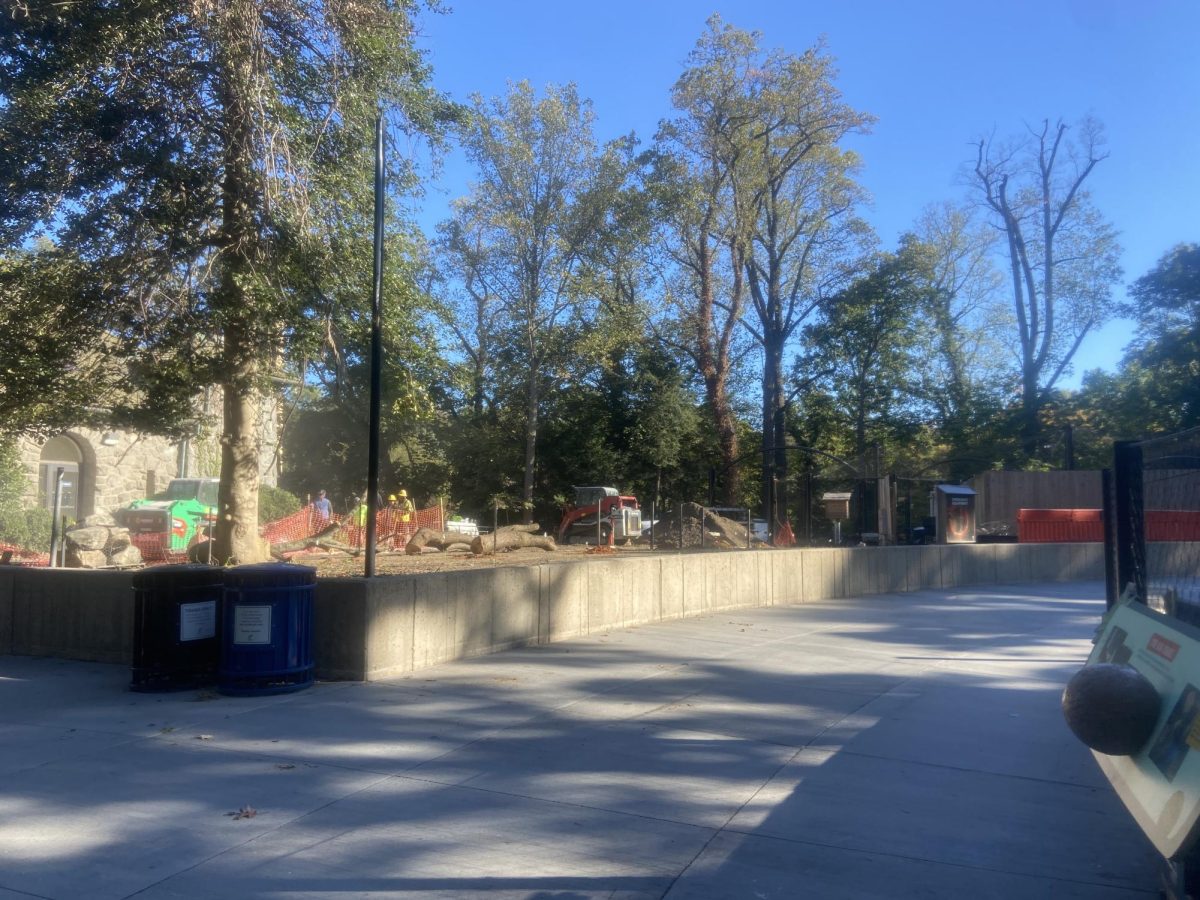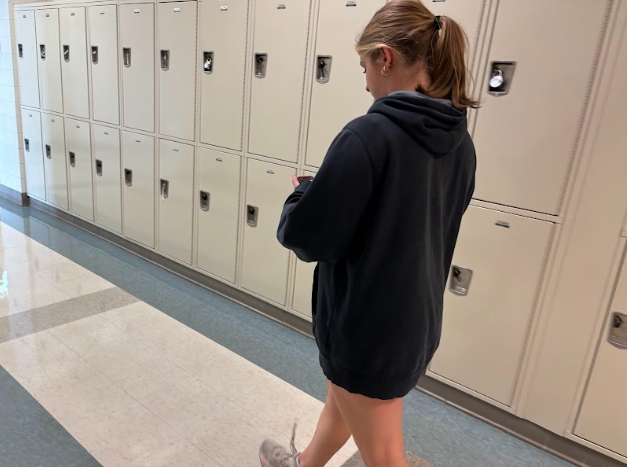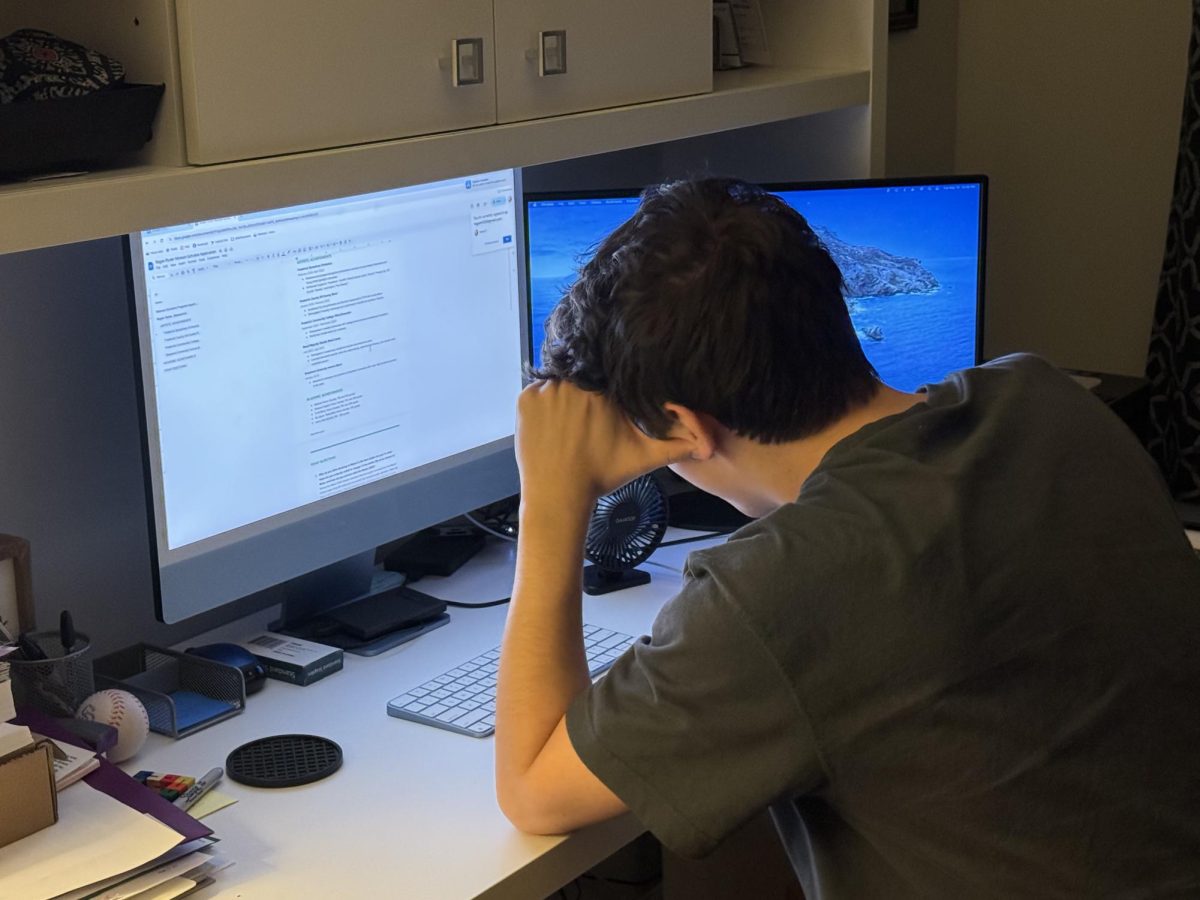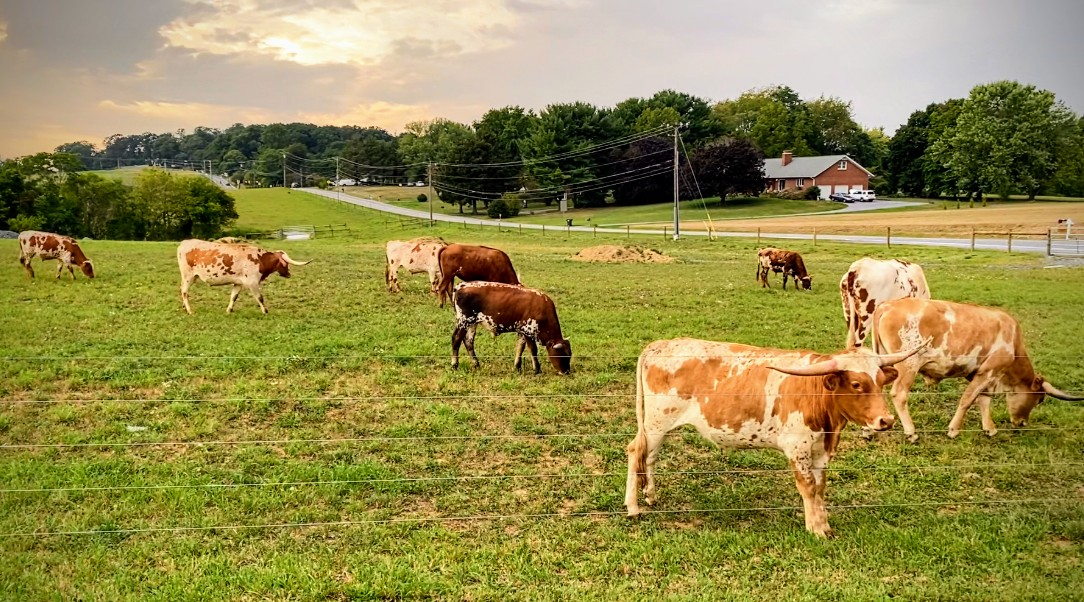Quieres aprender un idioma nuevo?
If you could read this, which only some students in this school could, you have taken at least one of the multiple Spanish courses that is offered in high school. Becoming bilingual is one of the most important decisions a teen can make in life.
A growing number of careers depend on bilingual speakers. With an increasing Hispanic population, being bilingual will ease communication as well as lead to more job opportunities. Some of these include government, law enforcement, marketing, healthcare, and even gaming.
There are other career opportunities, and the benefit of knowing a second language can become apparent at any time. Bilingualism may give one candidate for a job or position in a university an edge over another candidate.
Job opportunities will expand to those that are bilingual, and so will communication ease in our changing society. And teens don’t have to go far for a supreme education in this language–they can become bilingual by utilizing free courses in high school!
The importance of Spanish should not be overlooked. According to the American Census Bureau, in 2013, 8.7% of Maryland’s population was Hispanic, while in the United States the overall percentage is 16.4%. This is nearly a sixth of the population.
In Maryland, the growth has been rapid, with population of minorities increasing 46% in 2012, evidenced by a survey conducted by the state of Maryland.
While this is the growth of population alone, the number of households that speak Spanish at home is staggering. Over 40 million homes in the United States use Spanish as their primary language, including many homes in the Linganore area.
Did you know that Spanish is the second most common language used in the United States? At LHS, students can advance through six levels of Spanish.
There is a class that is offered after the AP level of Spanish, a post-AP: Spanish Advanced Study 2.
One option for students to complete high school is the ‘pathway’ of taking two sequential language credits with three additional elective credits.
Mrs. Margarita Doughty heads the Spanish Honor Society, which now has 65 members. All students in the honor society have participated in four semesters of Spanish and have at least a B average in the class.
Peer tutoring is offered twice a week by advanced language students, a small group who have moved beyond the two credits that are the baseline standard for high school completion.
After the third level of the course, students find themselves on their way to becoming bilingual. Spanish IV and onwards will solidify language usage. Spanish teacher Mr. Wright explains “It takes 4-7 years to become bilingual.”
However, there is more to the subject of bilingualism than just taking a course or two. Doughty says, “Being bilingual is a choice. It is almost a necessity to speak a second language. You never know when your job could require you to use Spanish, and it will help you communicate.”
However, the enrollment in Spanish classes above the second level has dropped dramatically, few students choosing to participate in these higher level courses.
“The problem with the block periods is that students have a hard time choosing which classes to take,” Wright says. “There are just so many different choices.”
Mr. Andres Wright grew up with much Spanish culture, living both in Puerto Rico and Mexico. “It’s a beautiful community. These classes are a chance to be exposed to a fantastic culture.”
Doughty was born and raised in Peru, and has been teaching Spanish at both the high school and college levels for 35 years.
It’s not only the fact that the language is growing more and more common that learning it is essential. There are multiple benefits to being bilingual. The New York Times illustrates the results of a 2004 study. People who are bilingual have more profound cognitive abilities, and are protected against ailments that affect aging minds, such as dementia.
It’s obvious that the positive effects of learning Spanish and becoming bilingual are near countless, and can greatly benefit an education and ability to communicate with many more Americans. With a growing Hispanic population, people with a high education in the Spanish language will be an advantage to those who do not.


